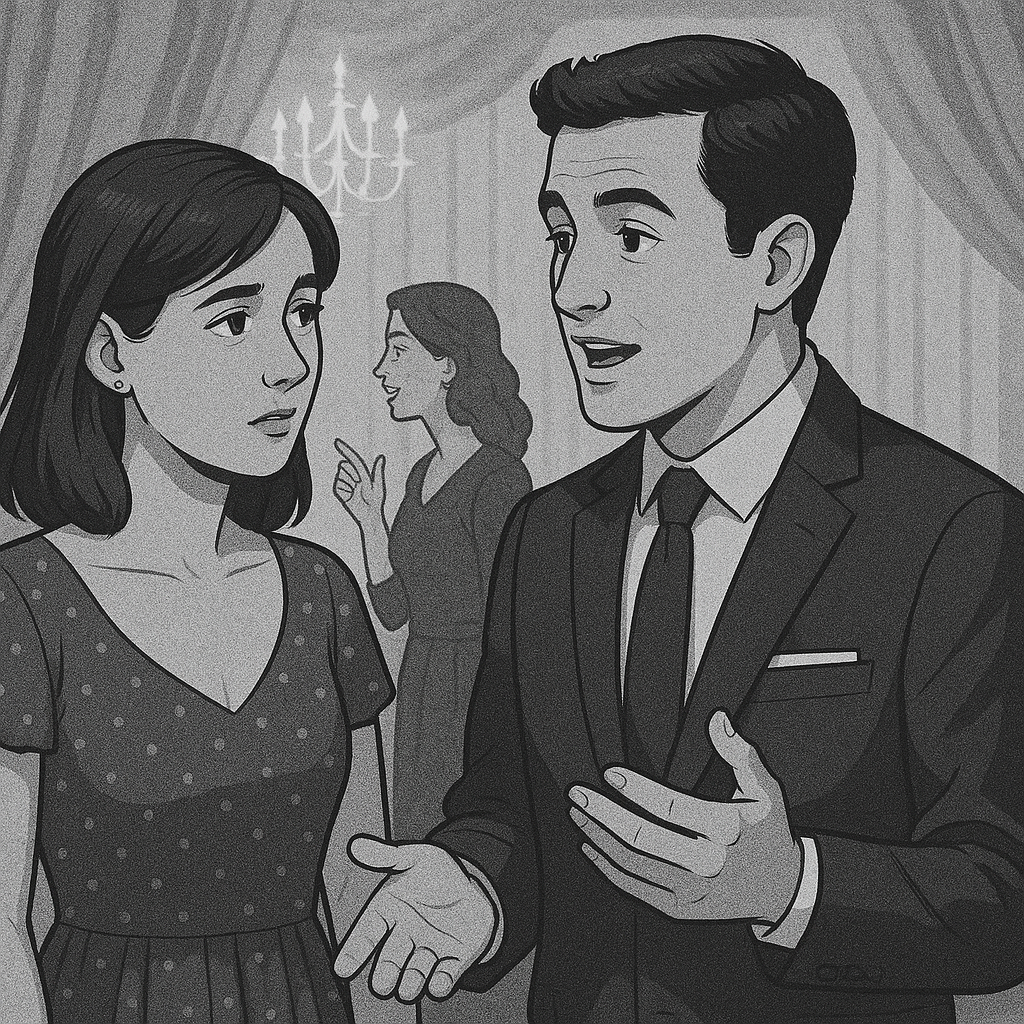The Narratives We Tell Each Other: What's the reality?

Bác Hai’s daughter got a full ride to Northwestern. One cousin became a pharmacist by 23. Another got married right after graduating and posted flawless wedding photos from the mountains in Aspen. I don’t remember anyone ever saying it directly to me, but I didn’t have to hear it out loud to understand: “Why can’t you be more like them?”
In our family, stories were currency. The brighter they sparkled, the more often they got passed around. Every phone call, every family gathering, every casual drop-in somehow turned into a highlight reel of other people’s children. It wasn’t about keeping up with the Joneses. It was about being better than the Nguyễns.
These stories weren’t just comparisons. They were warnings. If someone’s daughter had a baby before marriage? Disowned. If someone’s son dropped out of school? Forgotten. The message was clear: you’re either a pride or a shame. There was no in-between.
So I chased the pride. I chased and chased, until I couldn’t even see myself anymore.
I played the part. I studied hard, got a good job, and smiled politely at weddings. When I left the country after a breakdown, I told my mom I was just doing some "training." That was easier than explaining I’d lost my sense of self.
The Narratives we tell Each other
Years later, at a wedding, someone clinked their glass, leaned in, and said, “I heard you were training people in Europe—wow, you must be so good at your job.” I smiled. Nodded. Let the compliment hang in the air like a chandelier I didn’t feel worthy of standing under. I didn’t correct them. I didn’t say I left because I was burned out, lost, spiraling in a way I didn’t yet have words for. I just let them believe it.
That was the version of the story my parents would’ve wanted them to hear—the shiny, impressive version that fit neatly into the narrative of success. The one they could mention at family dinners and group calls. For once, I was the kid other parents might bring up to compare. I had finally crossed the invisible line. I was on the “good” side of the conversation.
But standing there in that dress, holding that drink, it felt hollow. I had made it, at least from the outside. But the version of me they admired didn’t exist. Not really. It was shaped by vague details, curated silences, and a deep need to protect myself from the truth.
It sounded impressive. But it wasn’t honest.
It was polished, but not real.
It was what I thought I wanted—to be enough, to be admired.
But it came at the cost of being known.
A Shift in Perspective
Here’s the thing I’ve started to understand—narratives aren’t always lies, but they’re rarely the full truth either. They’re curated. Cropped. Color-corrected. Sometimes by others. Often by ourselves.
For most of my life, I didn’t have a voice in the narrative. Growing up with patriarchy, pressure, and unspoken shame, I wasn’t even in the room where the story was being written. I just listened. Absorbed. Let it tell me I wasn’t enough.
Now, I’m learning to reclaim the pen.
Because the real question isn’t, “Why can’t you be like them?”
It’s, “Why are we so afraid to be ourselves?”
Yes, the expectations pushed me. Yes, they made me resilient. But at what cost? I grew, but I also broke. I learned to perform, but forgot how to be. So now, I want to shift the story.
Instead of one-upping each other with polished versions of success, what if we uplifted each other with our truths—messy, unfinished, human truths? What if we talked about not just the job title, but the anxiety attacks that came before it? Not just the wedding photos, but the arguments and doubt that led to love?
What if we let ourselves be seen—not just celebrated?
The narrative we tell each other is often a highlight reel.
The narrative we carry inside is usually the harder truth.
But maybe the real connection begins when we stop hiding behind the story—and start living in it.